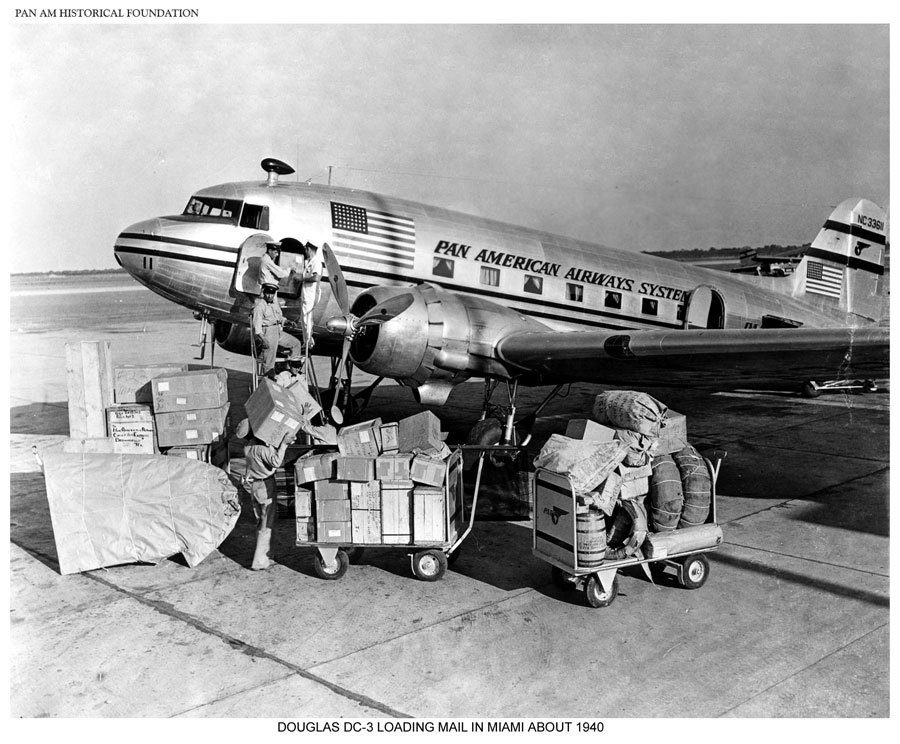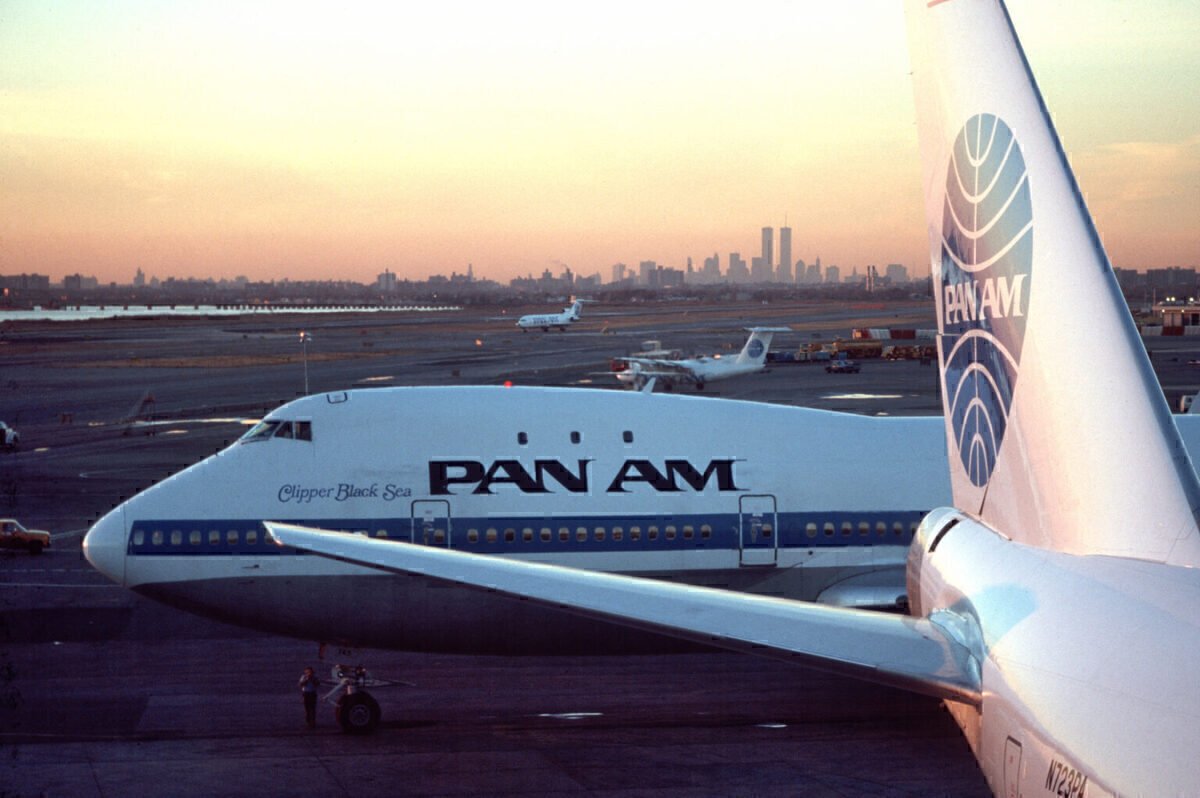Pan American World Airways: A Pioneering Airline that Shaped Aviation History
Pan American World Airways, or Pan Am, was a pioneering airline that played a major role in shaping the history of aviation. Founded in 1927, the airline became the largest international air carrier in the world by the 1930s and continued to dominate the industry for several decades. With its iconic blue and white livery and innovative aircraft designs, Pan Am was an industry leader in aviation technology, safety, and passenger comfort.
Origins and Early Years
Pan Am was founded on October 14, 1927, by Juan Trippe, a visionary entrepreneur who saw the potential for commercial aviation to connect people and businesses around the world. With financial backing from wealthy investors, Trippe acquired a small airline based in Florida and renamed it Pan American Airways.
In its early years, Pan Am operated mail and passenger services between Florida and Cuba using seaplanes. However, Trippe had bigger ambitions and soon expanded the airline's routes to South America, the Caribbean, and Europe. By 1930, Pan Am had become the first airline to operate scheduled transatlantic flights, using flying boats that could land on water.
Golden Age of Aviation
The 1930s and 1940s were the golden age of aviation, and Pan Am was at the forefront of the industry's rapid growth and innovation. The airline introduced several groundbreaking aircraft designs, including the Boeing 314 Clipper, a luxurious flying boat that could carry up to 74 passengers across the Atlantic.
Pan Am also established a network of air routes that spanned the globe, connecting major cities and exotic destinations. From New York to Rio de Janeiro, from San Francisco to Hong Kong, Pan Am's blue and white planes became a familiar sight at airports around the world.
During World War II, Pan Am played a crucial role in the war effort, operating military transport flights and training thousands of pilots for the US Armed Forces. After the war, the airline resumed its commercial operations and continued to expand its route network and fleet of aircraft.
A Pan Am Boeing 314 Clipper flying boat taking off. These large flying boats brought luxury and style to air travel as never before.
Innovative Technology and Passenger Comfort
Pan Am was known for its innovative approach to aviation technology, with a focus on safety and passenger comfort. The airline was the first to introduce several key features that are now standard in modern air travel, including cabin pressurisation, air conditioning, and inflight entertainment systems.
Pan Am also pioneered the use of jet engines, which allowed for faster and more efficient air travel. In 1958, the airline introduced the Boeing 707, the first American commercial jet airliner, which cut travel times and revolutionised the industry.
In addition to technological advancements, Pan Am was also renowned for its high standards of passenger comfort and luxury. The airline's planes featured spacious cabins, comfortable seats, and gourmet meals prepared by top chefs. Passengers could also enjoy a range of amenities, including duty-free shopping, lounges, and even a dedicated Pan Am terminal at New York's JFK airport.
Where ever you went in the world you were likely to see the iconic blue and white tails of Pan Am. Nowhere more so than here at JFK, New York, where Pan Am had their own dedicated terminal.
Decline and Legacy
Despite its early success and pioneering spirit, Pan Am faced several challenges in the later years of its operation. The airline struggled to adapt to the changing landscape of the industry, with increased competition from other carriers and rising fuel costs. In 1991, Pan Am filed for bankruptcy and was forced to sell off its assets to other airlines.
However, Pan Am's legacy lives on, and the airline's pioneering spirit and innovative approach to aviation continue to inspire the industry today. From its early days as a small seaplane operator to its role as a global air travel pioneer, Pan Am left an indelible mark on the history of aviation and set the standard for modern air travel.
Juan Trippe of Pan Am was a true visionary and pioneer of aviation.
In addition to its technological and operational innovations, Pan Am also had a profound impact on global culture and society. The airline played a key role in promoting international travel and cultural exchange, making the world feel smaller and more interconnected. From transporting celebrities and politicians to exotic destinations to facilitating the movement of refugees and aid workers in times of crisis, Pan Am was more than just an airline - it was a symbol of global connectivity and progress.
Today, Pan Am is remembered as a trailblazer in the aviation industry and a cultural icon of the 20th century. Its legacy continues to inspire new generations of aviators and entrepreneurs, and its impact on the history of aviation is undeniable. From the seaplanes of the 1920s to the jets of the 1960s and beyond, Pan Am's blue and white planes and pioneering spirit will always hold a special place in the hearts of aviation enthusiasts around the world.




